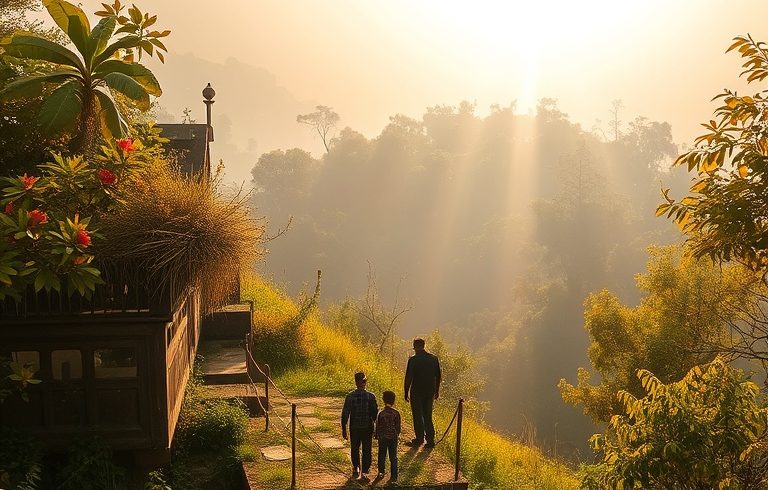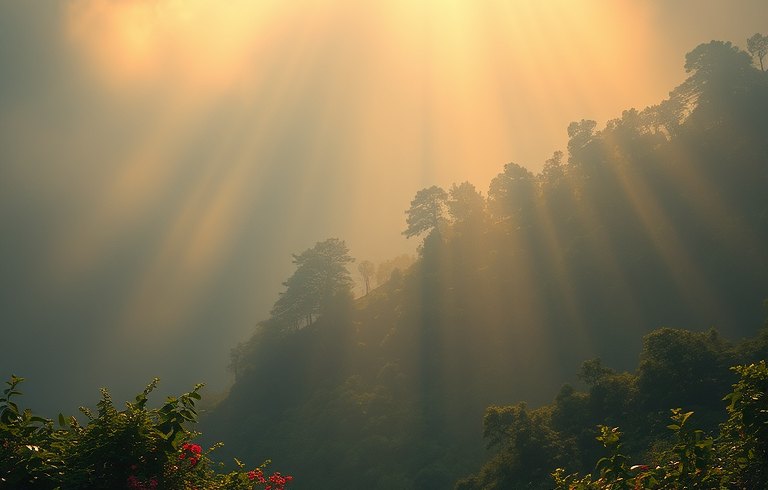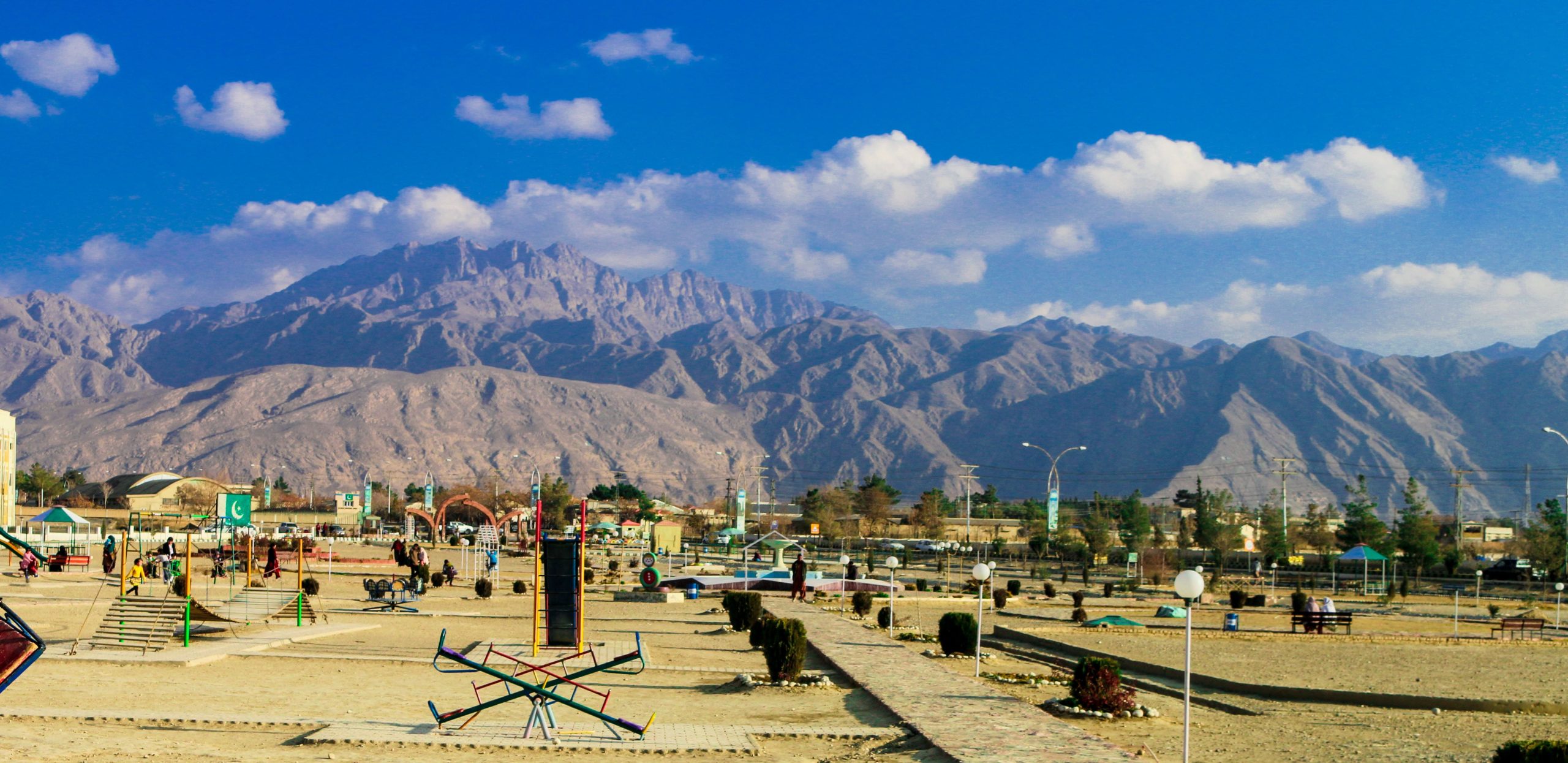
- January 14, 2025
Introduction
The Hunza Valley, located in the Gilgit-Baltistan region of northern Pakistan, is one of the most sought-after travel destinations in South Asia. Known for its majestic mountains, historical forts, and vibrant local culture, Hunza has become a symbol of natural beauty and peace. However, to fully experience its wonders, it’s crucial to know the best times to visit Hunza Valley.
Best Times to Visit Hunza Valley by Season
Each season in Hunza offers a distinct experience, whether you’re into photography, trekking, or cultural exploration.
Spring (March to May) – Cherry Blossom Season
This is arguably the best time to visit Hunza Valley for those who love flowers and scenic beauty.
Why Spring is Ideal
- Cherry, apricot, and almond trees bloom across the valley
- Mild weather with average temperatures between 10°C to 20°C
- Perfect time for cultural walks and sightseeing
Spring Activities
- Attend the Blossom Festival
- Hike around Altit Fort with flower-covered views
- Capture stunning landscapes from Duikar viewpoint
What to Pack
- Light jackets
- Camera gear for photography
- Comfortable walking shoes
Summer (June to August) – Adventure & Exploration
Summer is the peak travel season in Hunza, offering full access to all regions.
Why Summer is Popular
- Clear skies and roads
- All trekking routes are open
- Ideal temperatures from 15°C to 30°C
Must-Do Activities
- Boating in Attabad Lake
- Trekking near Passu Glacier
- Exploring Hopper Glacier and Rush Lake
Packing Tips
- Sunscreen and sunglasses
- Light cotton clothes
- Hiking boots and water bottle
Autumn (September to November) – Golden Foliage
Hunza in fall becomes a golden dream, with fewer tourists and peaceful scenery.
Why Visit in Autumn
- Stunning golden and red foliage
- Quiet environment for reflection or photography
- Comfortable weather (5°C to 20°C)
Top Autumn Spots
- Eagle’s Nest for panoramic sunset views
- Nagar Valley with golden apricot trees
- Villages like Ganish glowing in golden hues
Packing Essentials
- Sweaters and jackets
- Scarf or muffler for cool evenings
- Travel journal or camera for fall shots
Winter (December to February) – Serene Snowy Escape
While considered off-season, winter in Hunza has its charm for those seeking solitude.
Why Choose Winter
- Snow-covered views of Rakaposhi, Ultar, and Ladyfinger Peak
- Great time to explore local culture without crowds
- Witness local Winter Festivals
Places to Enjoy Snow
- Hopper Glacier
- Aliabad and Karimabad with snow-tipped rooftops
- Attabad Lake partially frozen
What to Carry
- Heavy thermals and jackets
- Gloves, mufflers, and insulated boots
- Hot beverages in travel thermos
How to Reach Hunza Valley
By Road (From Islamabad)
- Total distance: Around 600 km
- Duration: 16–18 hours
- Route: Islamabad → Mansehra → Besham → Chilas → Gilgit → Hunza
- Transport: NATCO buses, private tours, or self-drive
By Air (To Gilgit)
- Flights: Daily from Islamabad (weather dependent)
- Duration: 1 hour
- Then 2–3 hours by road to Hunza
Where to Stay in Hunza Valley
Budget Options
- Hunza Darbar Hotel
- Old Hunza Inn
- Glacier Breeze Guest House
Mid-range
- Hunza Serena Inn
- Mulberry Hotel
- Eagle’s Nest Hotel
Luxury Options
- Luxus Hunza
- Hard Rock Hunza Resort
- Serena Altit Fort Residence
What to Eat in Hunza Valley
Hunza cuisine is simple yet nourishing, using organic local ingredients.
Must-Try Dishes
- Chapshuro – Meat-stuffed flatbread
- Diram Phitti – Whole wheat sweet bread
- Harissa – Winter meat and barley porridge
- Gyaling – Buckwheat pancakes
- Butter Tea – Warm salty tea perfect for cold evenings
Travel Packing Checklist
- CNIC or Passport
- Light to warm clothes depending on the season
- Comfortable shoes
- Camera and chargers
- Basic medicines
- Sunglasses and sunscreen
- Reusable water bottle
- Power bank
Emergency Contacts & Health Precautions
- Hospital in Hunza: Aga Khan Health Centre – (+92) 5813-920010
- Rescue 1122 Gilgit-Baltistan – Dial 1122
- Police Station Aliabad – (+92) 5813-920039
Health Tips:
- Carry altitude sickness pills
- Avoid drinking tap water – prefer bottled or boiled
- Dress in layers to adjust to temperature shifts
Travel Tips
- Book accommodations in advance during spring and summer
- Respect local customs and dress modestly
- Avoid traveling at night due to road conditions
- Stay connected via SCOM or Telenor for local signal
- Bring cash, as ATMs may not always work
FAQs
1. What is the best time to visit Hunza Valley?
Absolutely, the best time to visit Hunza Valley is spring (March–May) and autumn (September–November) when the weather is perfect, and natural beauty is at its peak.
2. Can I visit Hunza in winter?
Yes, but only lower Hunza areas are accessible. Make sure to bring heavy warm clothes and be prepared for road closures.
3. Is cherry blossom season worth visiting?
Definitely! The cherry blossoms in March and April are breathtaking and offer amazing photo opportunities.
4. Is summer too crowded in Hunza?
Yes, summer is peak tourist season, so expect more crowds and higher accommodation prices.
5. Are roads to Hunza always open?
Roads are usually open from April to November. Heavy snowfall can block access in peak winter.
6. Is Hunza safe for solo travelers?
Yes, Hunza is considered one of the safest places in Pakistan, even for solo female travelers.
7. How many days do I need to explore Hunza?
A 4- to 6-day trip is ideal to experience major attractions and local culture.
8. What’s the temperature in spring?
Expect mild temperatures between 10°C and 20°C with clear skies.
9. What should I wear during autumn?
Pack warm clothes—jackets, sweaters, and scarves are must-haves.
10. Are there flights to Hunza?
There are flights to Gilgit, followed by a short road trip to Hunza.
Conclusion
The best times to visit Hunza Valley truly depend on what you seek—spring blossoms, summer adventures, autumn colors, or winter peace. Each season offers something unique, but spring and autumn stand out as the top choices for travelers. With stunning landscapes, rich culture, and unmatched hospitality, Hunza promises a soulful journey for every visitor. So, plan your trip, pack your bags, and get ready to experience one of Pakistan’s most magical destinations.






